Home>Others>Eco-Friendly Products>How Do You Use A Compost Bin
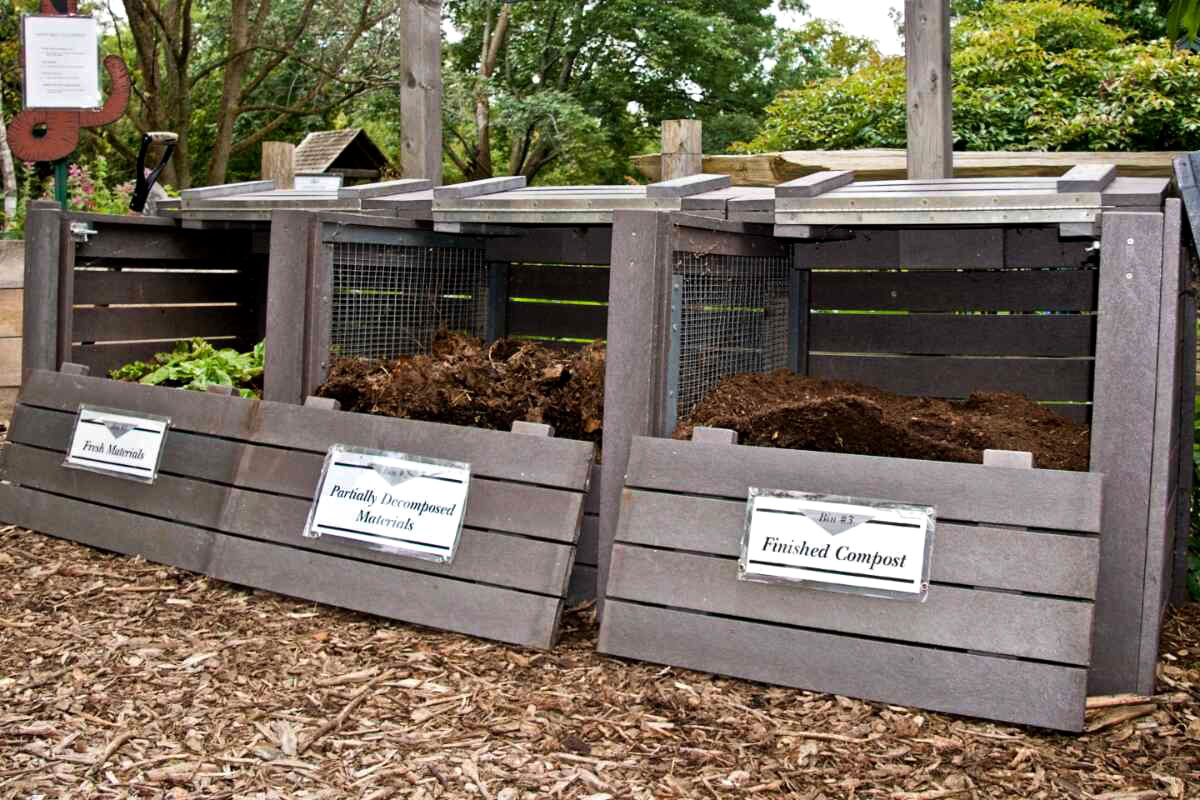

Eco-Friendly Products
How Do You Use A Compost Bin
Modified: February 18, 2024
Learn the eco-friendly way to use a compost bin and reduce waste. Discover the benefits of composting for a more sustainable lifestyle.
(Many of the links in this article redirect to a specific reviewed product. Your purchase of these products through affiliate links helps to generate commission for Storables.com, at no extra cost. Learn more)
**
Introduction
**
Welcome to the wonderful world of composting! If you're looking for an eco-friendly way to reduce waste and nourish your garden, using a compost bin is a fantastic option. Composting is not only beneficial for the environment but also for your plants and soil. In this comprehensive guide, you'll learn everything you need to know about using a compost bin effectively. From choosing the right compost bin to troubleshooting common issues, we've got you covered.
Composting is a natural process that transforms organic waste into nutrient-rich soil conditioner. By creating your own compost, you can significantly reduce the amount of waste that ends up in landfills while simultaneously producing a valuable resource for your garden. Whether you're a seasoned gardener or just starting out, composting is a rewarding and sustainable practice that anyone can incorporate into their lifestyle.
Throughout this guide, we'll explore the various types of compost bins available, provide step-by-step instructions for setting up and maintaining your compost bin, and offer tips for troubleshooting common issues that may arise. By the end, you'll feel confident and empowered to embark on your composting journey, contributing to a healthier planet and more vibrant garden.
So, grab your gardening gloves and get ready to dive into the fascinating world of composting. Whether you have a sprawling backyard or a compact urban garden, composting is a versatile and eco-friendly solution that can benefit both your household and the environment. Let's embark on this enriching journey together and discover the wonders of composting!
**
**
**
Key Takeaways:
- Composting is a rewarding and sustainable practice that transforms organic waste into nutrient-rich soil conditioner, benefiting the environment and your garden. Choose the right compost bin and materials to start your enriching composting journey.
- Proper maintenance, balanced materials, and troubleshooting common issues are essential for successful composting. Harvest nutrient-rich compost to nourish your garden and contribute to a healthier, more vibrant ecosystem.
Read more: How Do You Start A Compost Bin
Choosing the Right Compost Bin
When it comes to composting, selecting the right compost bin is the first step toward success. There are various types of compost bins available, each with its own unique features and benefits. Consider the following factors to determine the best compost bin for your needs:
- Size:
Consider the amount of organic waste you generate and the available space in your garden or yard. If you have a smaller outdoor area, a compact compost bin or a worm composting system may be ideal. For larger households or avid gardeners, a larger compost bin or multiple bins may be necessary to accommodate a higher volume of organic materials.
- Style:
Compost bins come in various styles, including tumblers, stationary bins, and enclosed systems. Tumblers are designed to easily turn and aerate the compost, while stationary bins are simple and efficient. Enclosed systems may offer additional features such as pest protection and odor control. Choose a style that aligns with your preferences and gardening goals.
- Material:
Compost bins are typically made from plastic, wood, metal, or recycled materials. Consider the durability, insulation properties, and aesthetic appeal of the materials when making your selection. Additionally, some materials may insulate better in colder climates, while others may offer better ventilation in warmer regions.
Before making a decision, it's essential to research the options available and evaluate how each type of compost bin aligns with your specific needs and gardening practices. By choosing the right compost bin, you'll set the stage for a successful composting journey, ensuring that your organic waste is effectively transformed into nutrient-rich compost for your garden.
Setting Up Your Compost Bin
Now that you've chosen the perfect compost bin, it's time to set it up for optimal performance. Follow these steps to establish your composting system and create an environment that fosters the decomposition of organic materials:
- Location:
Choose a suitable location for your compost bin. Ideally, it should be placed on well-drained soil and have good air circulation. Partial shade can help regulate the temperature inside the bin, preventing excessive drying or overheating of the compost.
- Assembly:
If your compost bin requires assembly, carefully follow the manufacturer's instructions to put it together. Ensure that all components are securely fastened and that the bin is stable and level once assembled.
- Aeration:
Proper aeration is crucial for the composting process. If your bin has aeration features such as vents or tumbling mechanisms, ensure they are functioning effectively. For stationary bins, consider using a pitchfork or compost turning tool to aerate the pile regularly.
- Start-Up Materials:
To kick-start the composting process, add a balanced mix of green and brown materials. Green materials, such as fruit and vegetable scraps, provide nitrogen, while brown materials, such as dry leaves and straw, supply carbon. Layer these materials to create a well-balanced compost pile.
- Moisture:
Check the moisture level of the compost regularly. It should resemble a damp sponge, with enough moisture to support microbial activity but not so wet that it becomes waterlogged. Adjust the moisture content by adding water or dry materials as needed.
By carefully setting up your compost bin and creating an environment conducive to decomposition, you'll establish the foundation for successful composting. With the right location, proper assembly, adequate aeration, and a balanced mix of materials, your compost bin will be ready to efficiently transform organic waste into nutrient-rich compost.
Adding Materials to Your Compost Bin
As you embark on your composting journey, it's essential to understand the types of materials that can be added to your compost bin to foster the decomposition process. By incorporating the right mix of organic waste, you can create a balanced and nutrient-rich environment that supports the growth of beneficial microorganisms. Here are the key materials to add to your compost bin:
- Green Materials:
Green materials, also known as nitrogen-rich materials, include kitchen scraps, coffee grounds, grass clippings, and fresh plant trimmings. These materials provide essential nutrients and moisture to the compost pile, accelerating the decomposition process.
- Brown Materials:
Brown materials, or carbon-rich materials, consist of dry leaves, straw, shredded paper, and cardboard. These materials help create airflow within the compost pile and provide structure while balancing the carbon-to-nitrogen ratio. They also absorb excess moisture, preventing the compost from becoming too wet.
- Aerators:
To promote aeration and prevent the compaction of materials, consider adding aerators such as twigs or small sticks to the compost bin. These items create air pockets within the pile, allowing oxygen to reach the microorganisms responsible for decomposition.
- Avoid:
Avoid adding meat, dairy, and oily foods to your compost bin, as these items can attract pests and cause unpleasant odors. Additionally, steer clear of diseased plant materials and pet waste, as they may introduce harmful pathogens into the compost.
By incorporating a balanced mix of green and brown materials, along with natural aerators, you can create an optimal environment for composting. Regularly adding suitable materials to your compost bin will ensure a steady supply of nutrient-rich compost for your garden, contributing to healthier soil and more robust plant growth.
Turn and mix the compost regularly to aerate it and speed up the decomposition process. This will help create a nutrient-rich compost for your garden.
Maintaining Your Compost Bin
Proper maintenance is key to ensuring that your compost bin operates efficiently and produces high-quality compost. By implementing regular maintenance practices, you can support the decomposition process, prevent potential issues, and ultimately yield nutrient-rich compost for your garden. Here are essential maintenance tasks to keep your compost bin in optimal condition:
- Turning and Aerating:
Regularly turn and aerate the compost pile to promote airflow and distribute moisture and microorganisms evenly. This helps accelerate decomposition and prevents the formation of anaerobic pockets within the pile.
- Monitoring Moisture Levels:
Check the moisture content of the compost regularly. If the pile is too dry, add water to increase moisture. Conversely, if it is excessively wet, incorporate additional brown materials to absorb the excess moisture and restore balance.
- Balancing Materials:
Maintain a balanced mix of green and brown materials in the compost bin to ensure an optimal carbon-to-nitrogen ratio. This supports the activity of microorganisms and fosters efficient decomposition.
- Temperature Control:
Monitor the internal temperature of the compost pile, aiming for a range of 110 to 160 degrees Fahrenheit (43 to 71 degrees Celsius). This temperature range promotes the activity of beneficial microorganisms while deterring the proliferation of pathogens and weed seeds.
- Pest Management:
Regularly inspect the compost bin for signs of pests and take appropriate measures to deter them. Securely cover the bin to prevent access by rodents and other unwanted visitors.
By consistently maintaining your compost bin and implementing these essential tasks, you can create an optimal environment for the decomposition of organic materials. This proactive approach ensures that your compost bin operates at its full potential, yielding high-quality compost that enriches your garden and promotes sustainable gardening practices.
Read more: How To Use A Rotating Compost Bin
Harvesting Your Compost
Harvesting compost is a gratifying culmination of the composting process, yielding a valuable resource that can enhance the vitality of your garden. When the compost reaches a rich, crumbly texture and a dark, earthy color, it is ready to be harvested. Follow these steps to harvest your compost effectively:
- Cease Adding Materials:
Stop adding new materials to the compost bin to allow the existing materials to complete the decomposition process. This phase, known as the curing period, typically lasts a few weeks to several months, depending on the composition and conditions of the compost.
- Assess Readiness:
Check the readiness of the compost by examining its texture, color, and odor. Well-cured compost should have a crumbly texture, a dark brown color, and an earthy aroma, indicating that it is fully decomposed and ready for use.
- Sift or Remove Unfinished Material:
If there are any recognizable, unfinished materials in the compost, such as twigs or large chunks of organic matter, consider sifting the compost or removing these items to ensure a uniform and consistent texture.
- Collect the Compost:
Once the compost is fully cured and free of large debris, it is ready to be collected. Use a shovel, garden fork, or specialized compost harvesting tool to gather the compost from the bin and transfer it to a storage container or directly to your garden beds.
- Application:
Apply the harvested compost to your garden beds, containers, or landscaping areas. Incorporate it into the soil to enrich the nutrient content, improve its structure, and promote the growth of healthy plants.
Harvesting compost marks the culmination of your composting efforts, providing a valuable resource that nourishes your garden and promotes sustainable gardening practices. By following these steps, you can effectively harvest and utilize nutrient-rich compost, closing the loop of organic waste recycling and contributing to a healthier, more vibrant garden ecosystem.
Troubleshooting Common Issues
While composting is a straightforward and rewarding practice, it’s not uncommon to encounter occasional challenges along the way. Understanding how to troubleshoot common issues can help you address concerns and maintain a healthy composting system. Here are some common problems that may arise during the composting process and strategies for resolving them:
- Foul Odors:
If your compost bin emits unpleasant odors, it may indicate an imbalance in the composting materials. To address this issue, ensure that you have a proper mix of green and brown materials and adequate aeration. Turning the compost pile and adding more dry, carbon-rich materials can help neutralize odors and restore balance.
- Pest Infestations:
Unwanted pests such as rodents or insects may be attracted to your compost bin. To deter pests, avoid adding meat, dairy, and oily foods to the compost, and secure the bin with a tight-fitting lid or cover. Additionally, consider placing wire mesh at the bottom of the bin to prevent rodents from burrowing into the compost pile.
- Slow Decomposition:
If the composting process is progressing slowly, it may be due to insufficient aeration, moisture, or a lack of balanced materials. Turn the compost pile to introduce oxygen, adjust the moisture content as needed, and ensure a balanced mix of green and brown materials to stimulate decomposition.
- Excessive Moisture:
An overly wet compost pile can lead to anaerobic conditions and unpleasant odors. To remedy this, incorporate additional brown materials such as dry leaves or shredded paper to absorb excess moisture. Turning the compost and providing adequate aeration can also help regulate moisture levels.
- Unpleasant Texture:
If the compost has a slimy or matted texture, it may indicate a lack of aeration and excessive moisture. Turning the compost and adding coarse, carbon-rich materials can help improve the texture and restore balance within the pile.
By recognizing and addressing these common issues, you can maintain a healthy and productive composting system, ensuring that your compost bin operates effectively and continues to produce nutrient-rich compost for your garden. With proactive troubleshooting and thoughtful adjustments, you can overcome challenges and reap the rewards of sustainable composting practices.
**
Frequently Asked Questions about How Do You Use A Compost Bin
Was this page helpful?
At Storables.com, we guarantee accurate and reliable information. Our content, validated by Expert Board Contributors, is crafted following stringent Editorial Policies. We're committed to providing you with well-researched, expert-backed insights for all your informational needs.
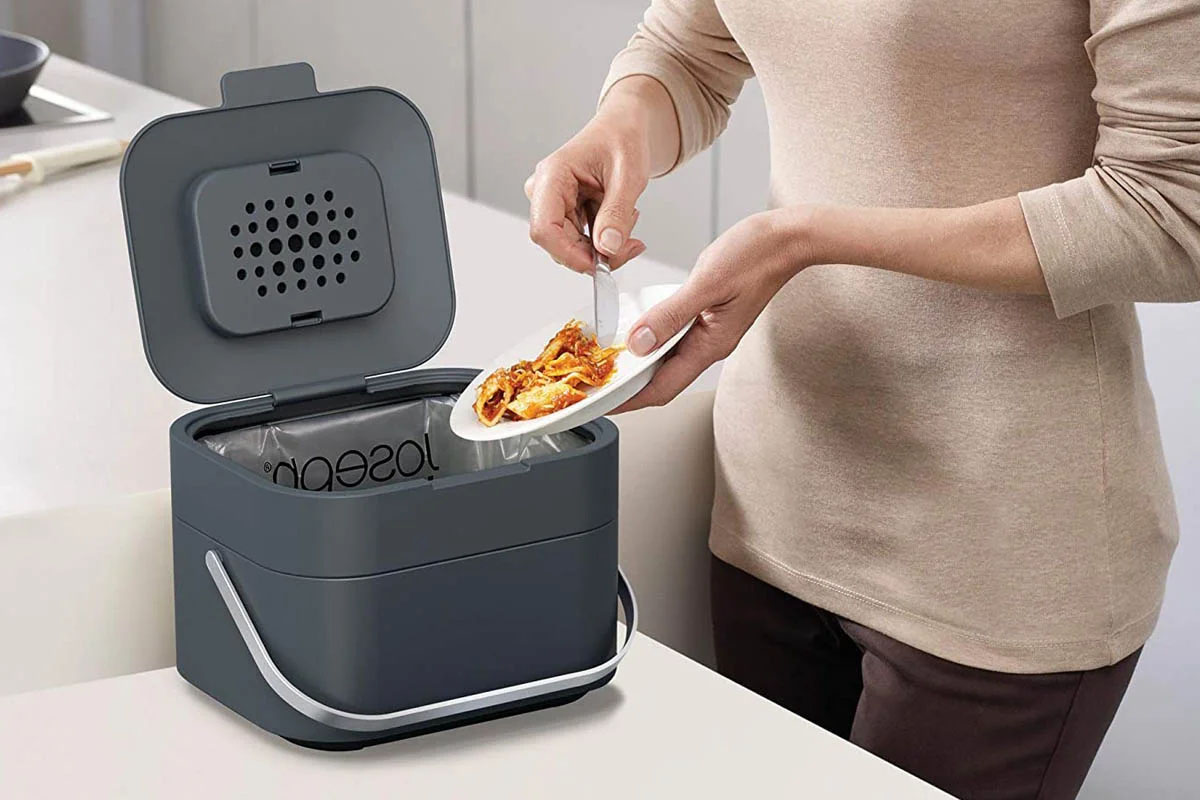
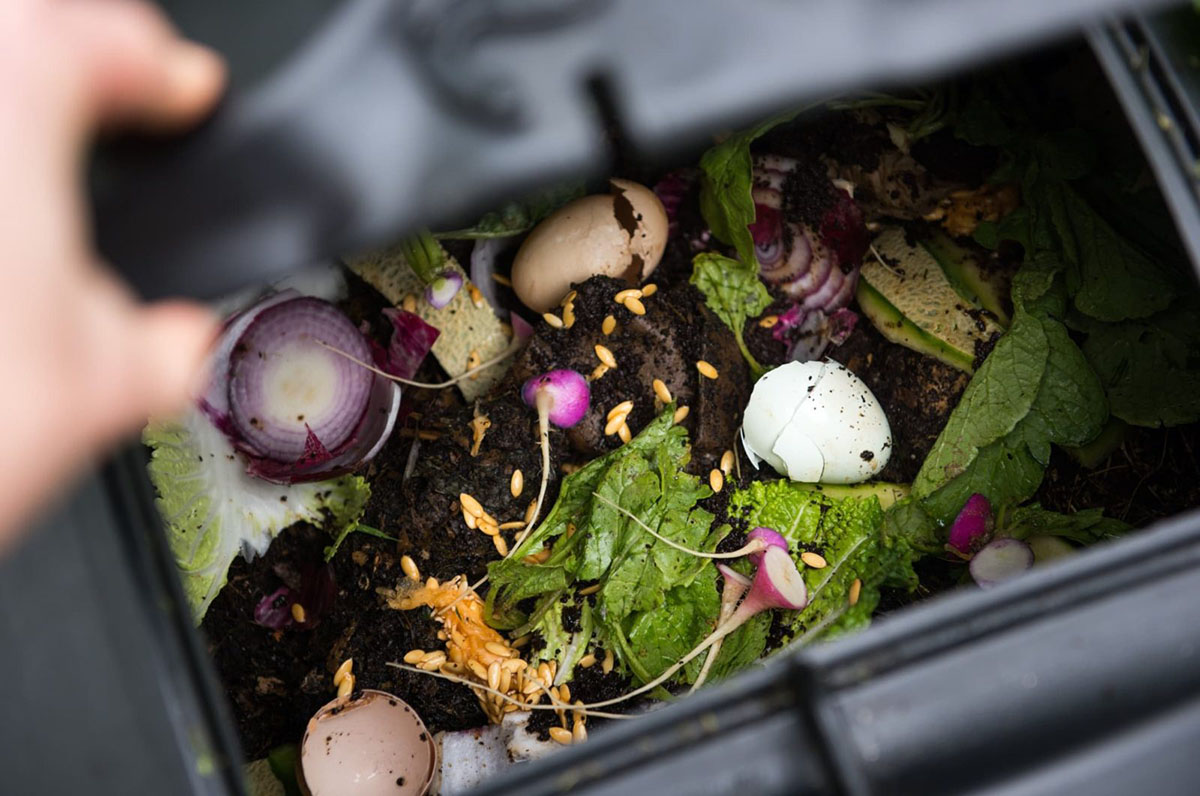
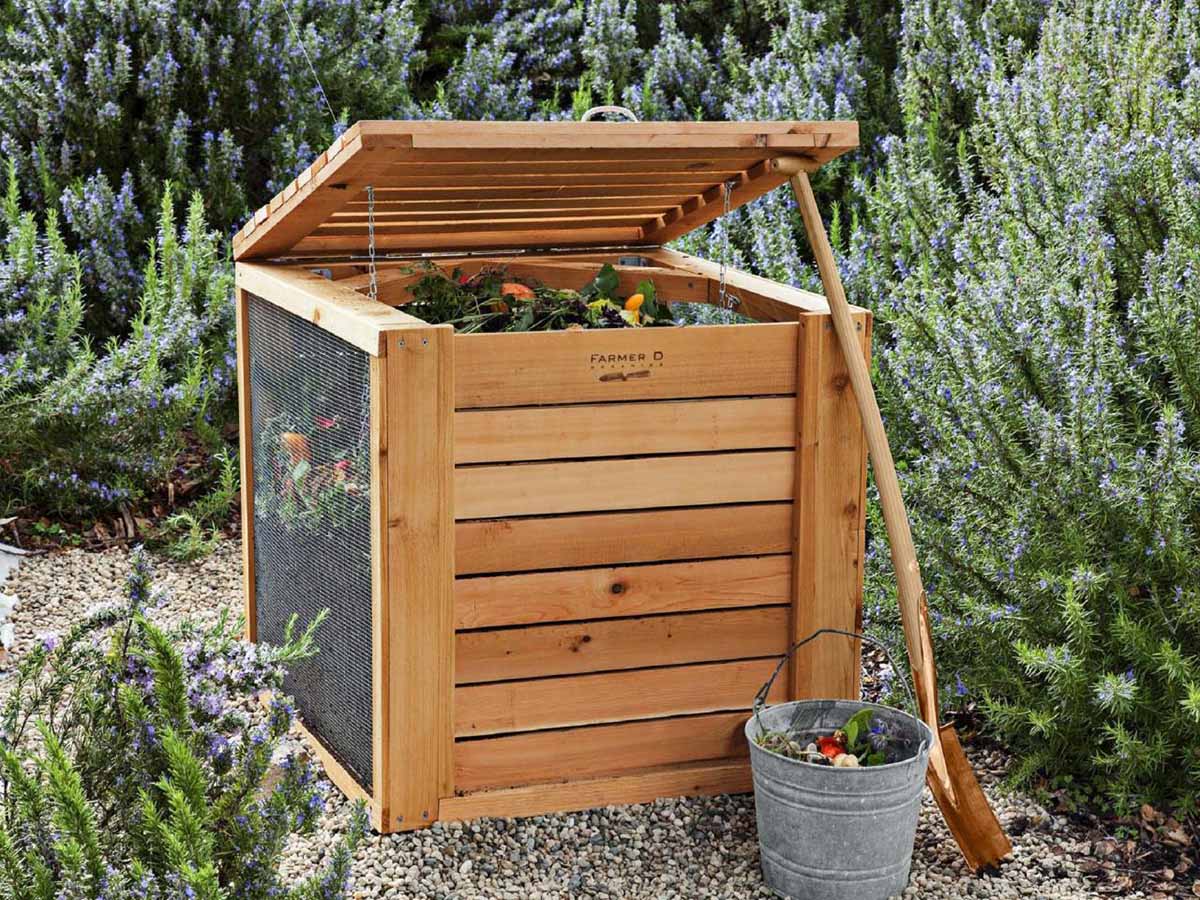
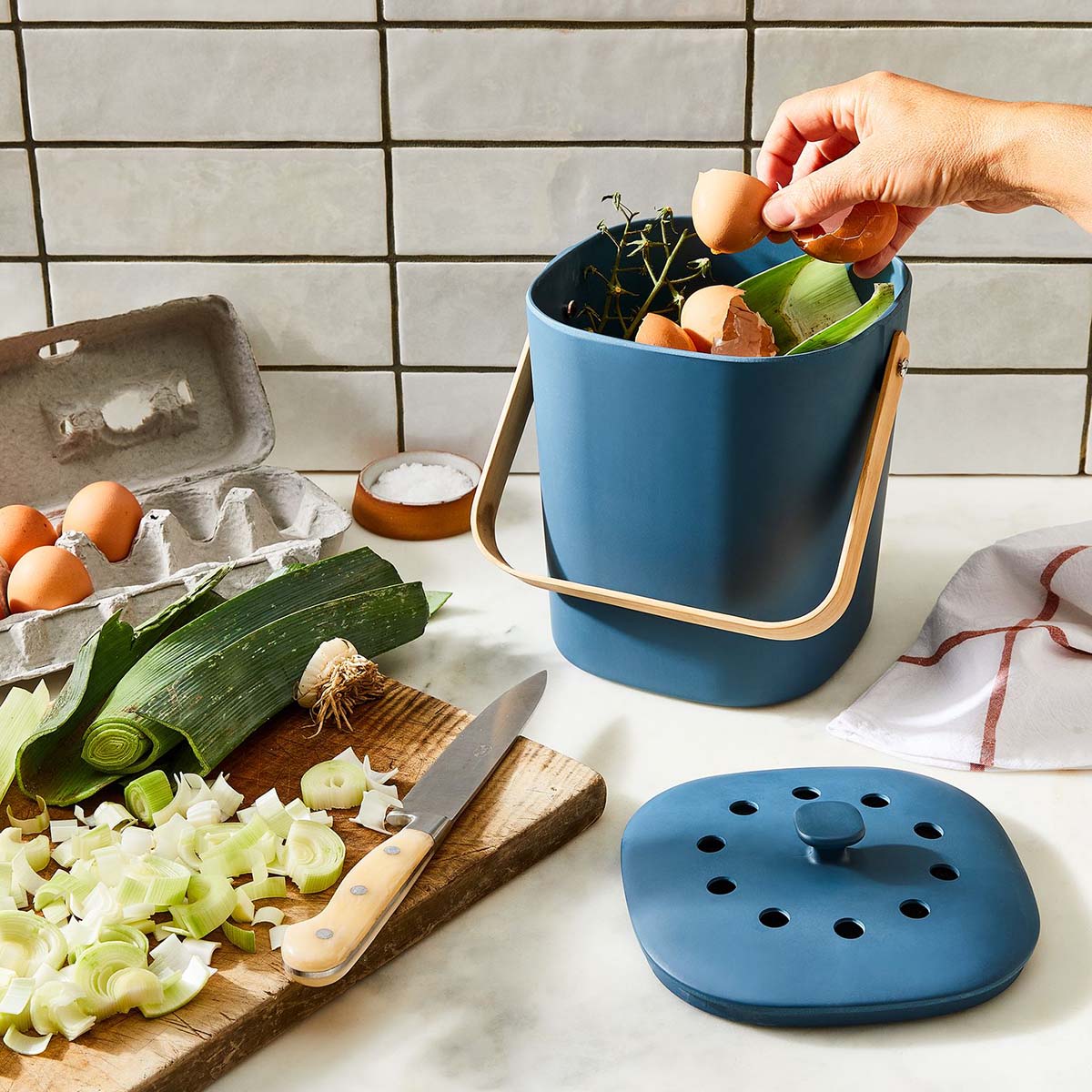
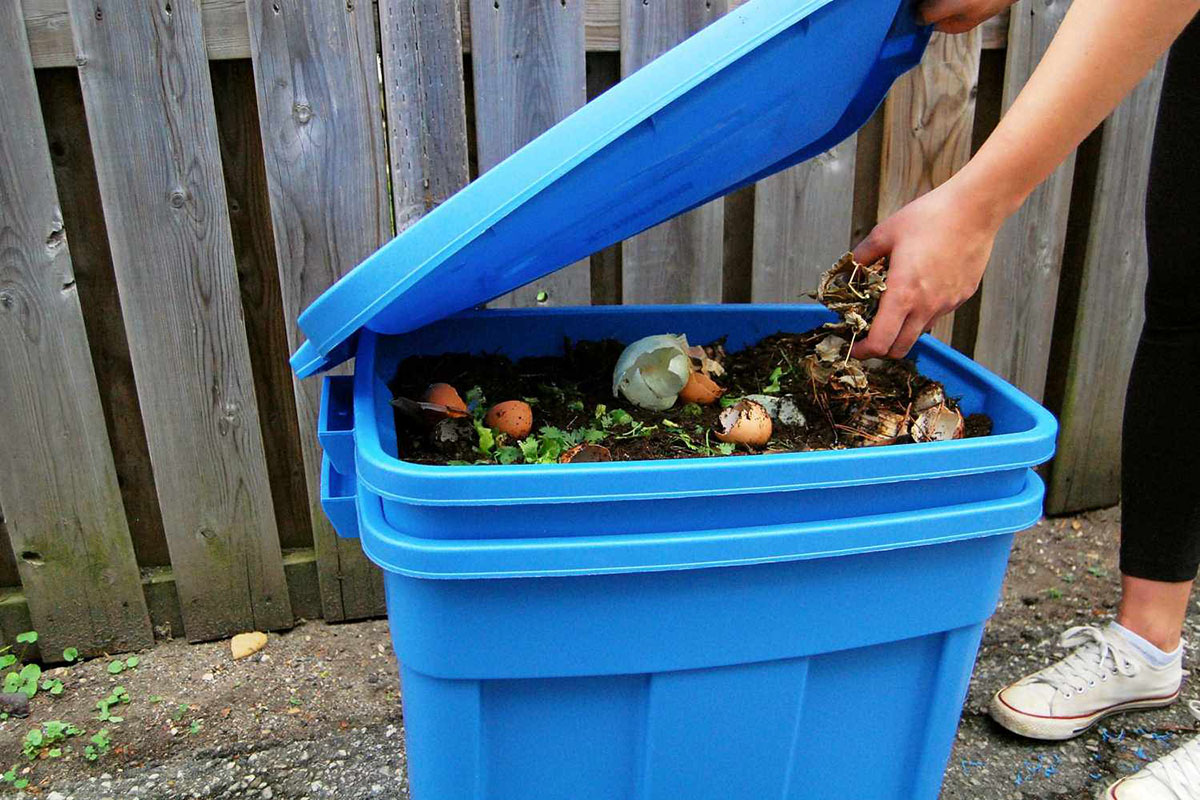
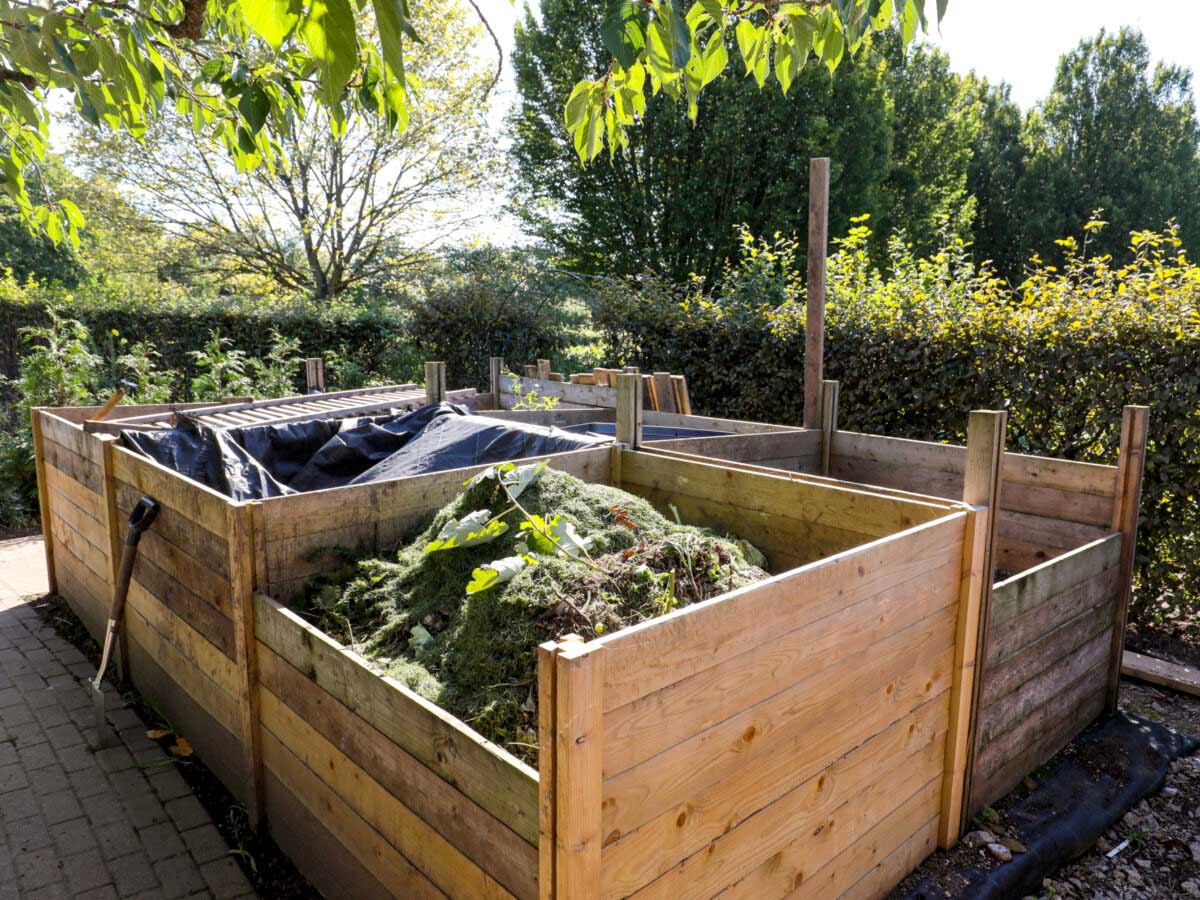
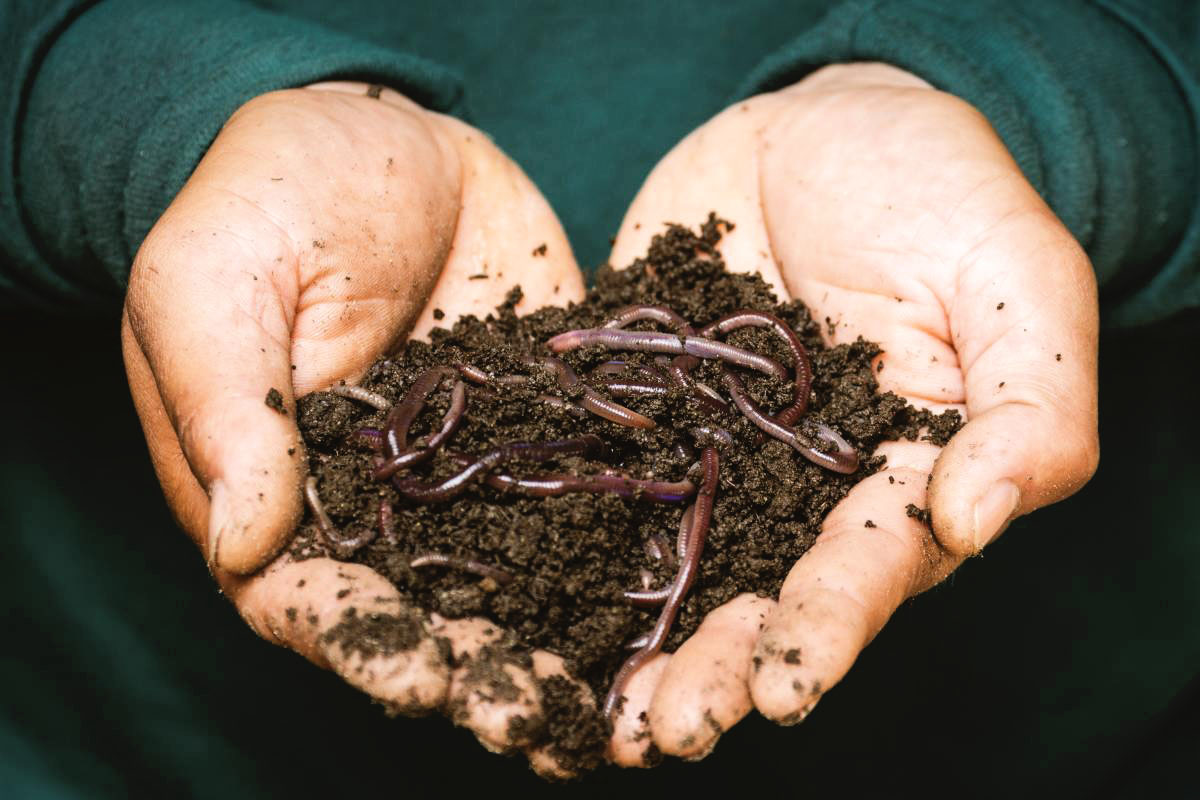
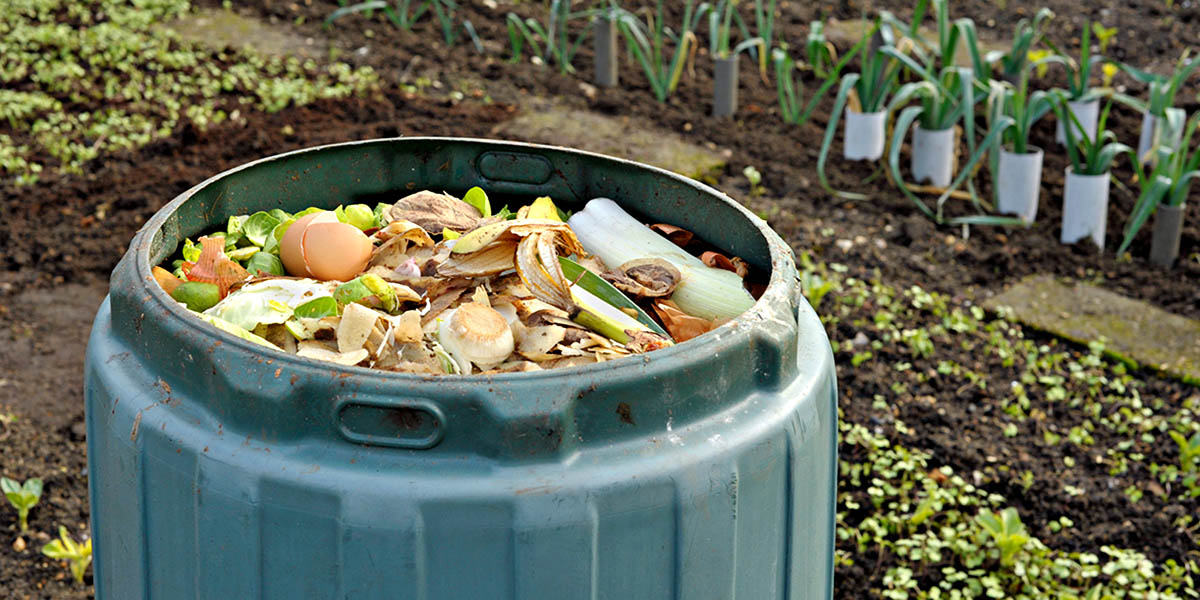
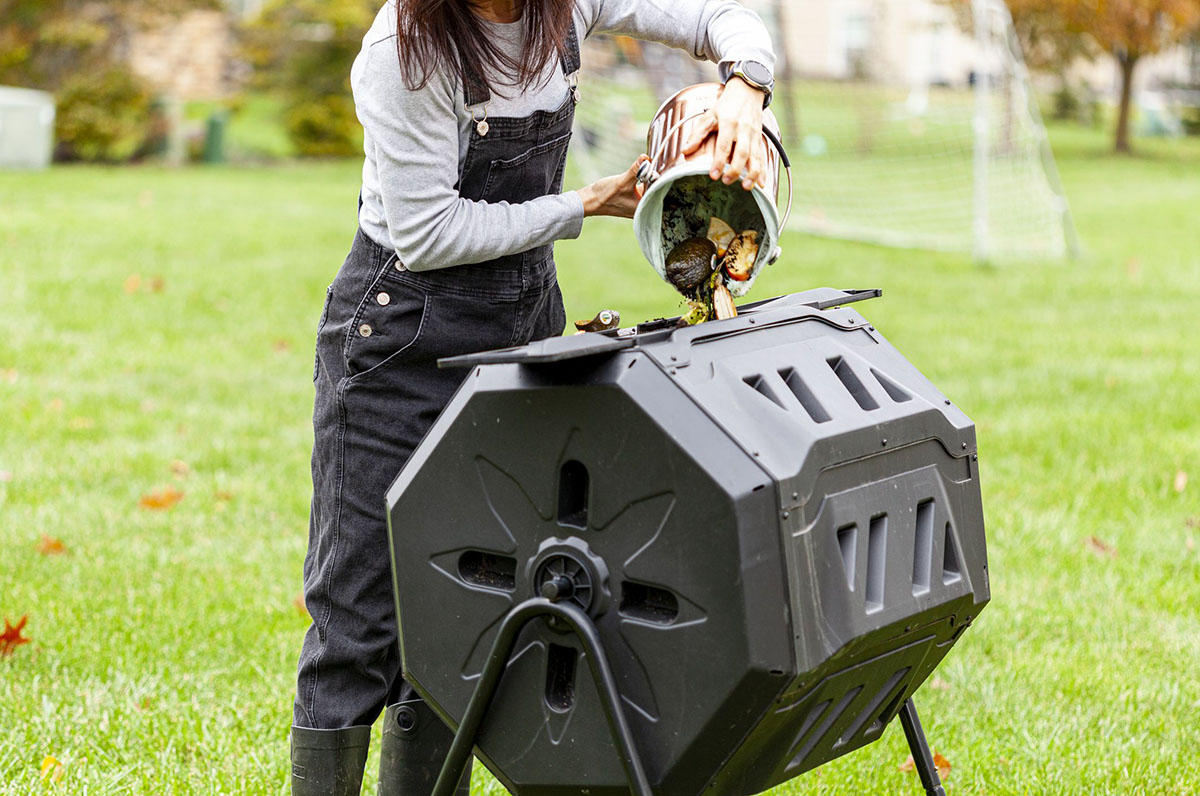
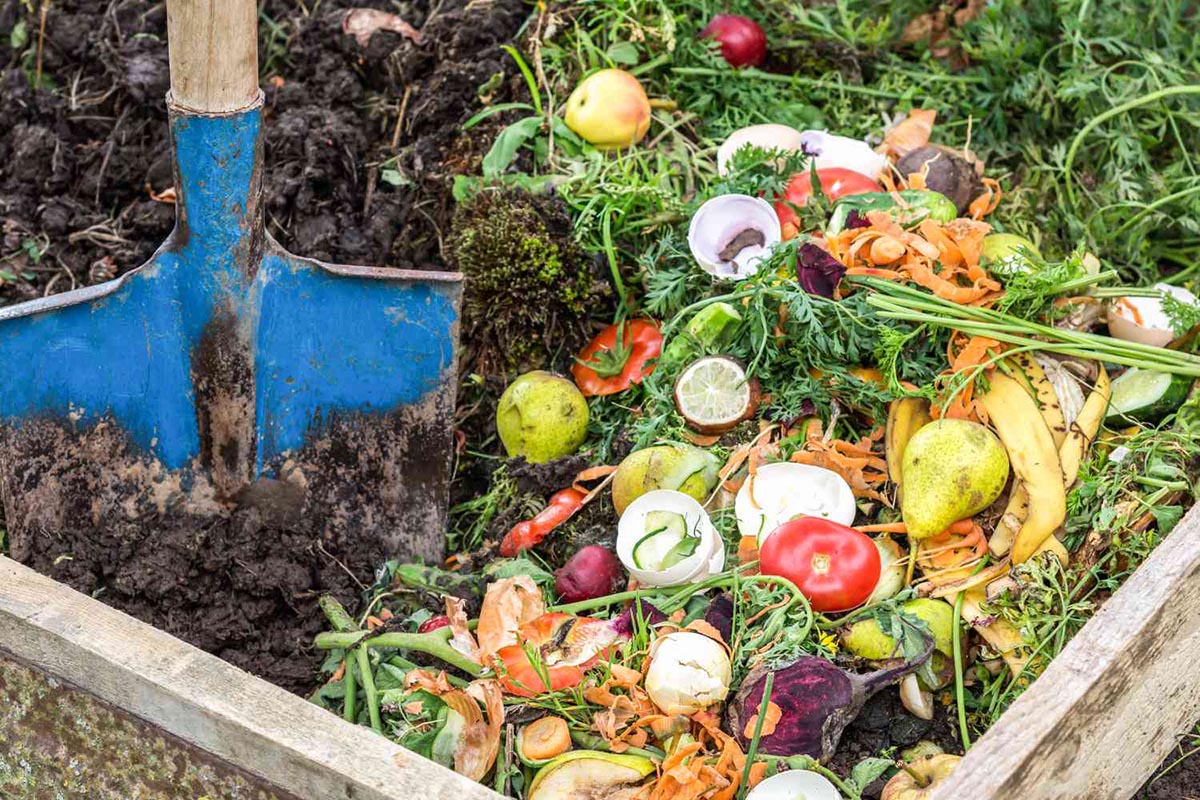
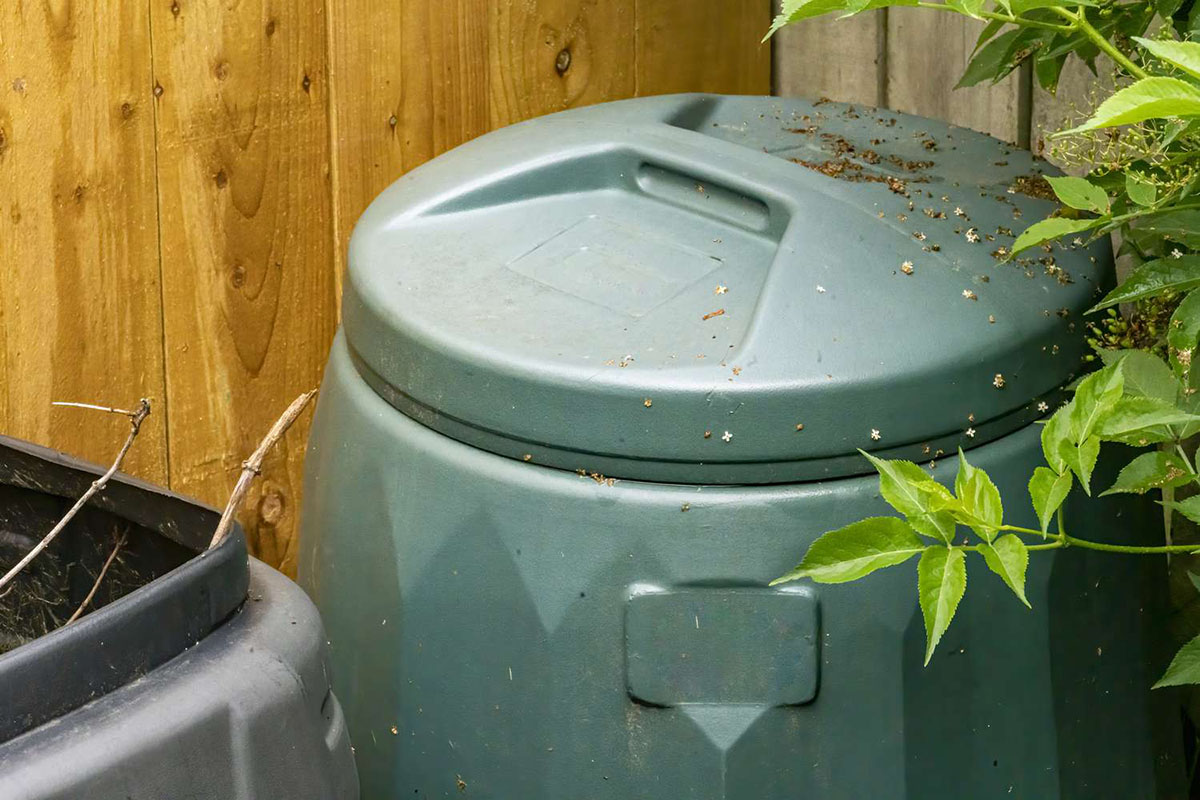
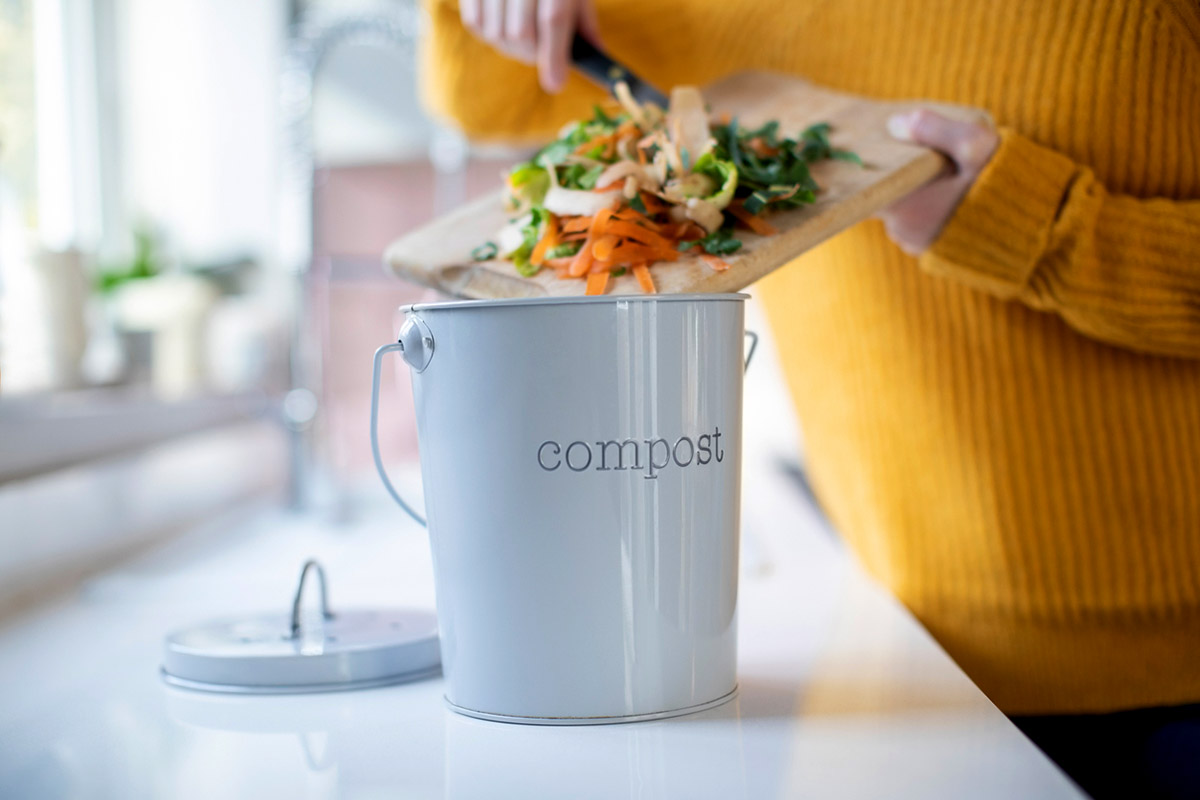
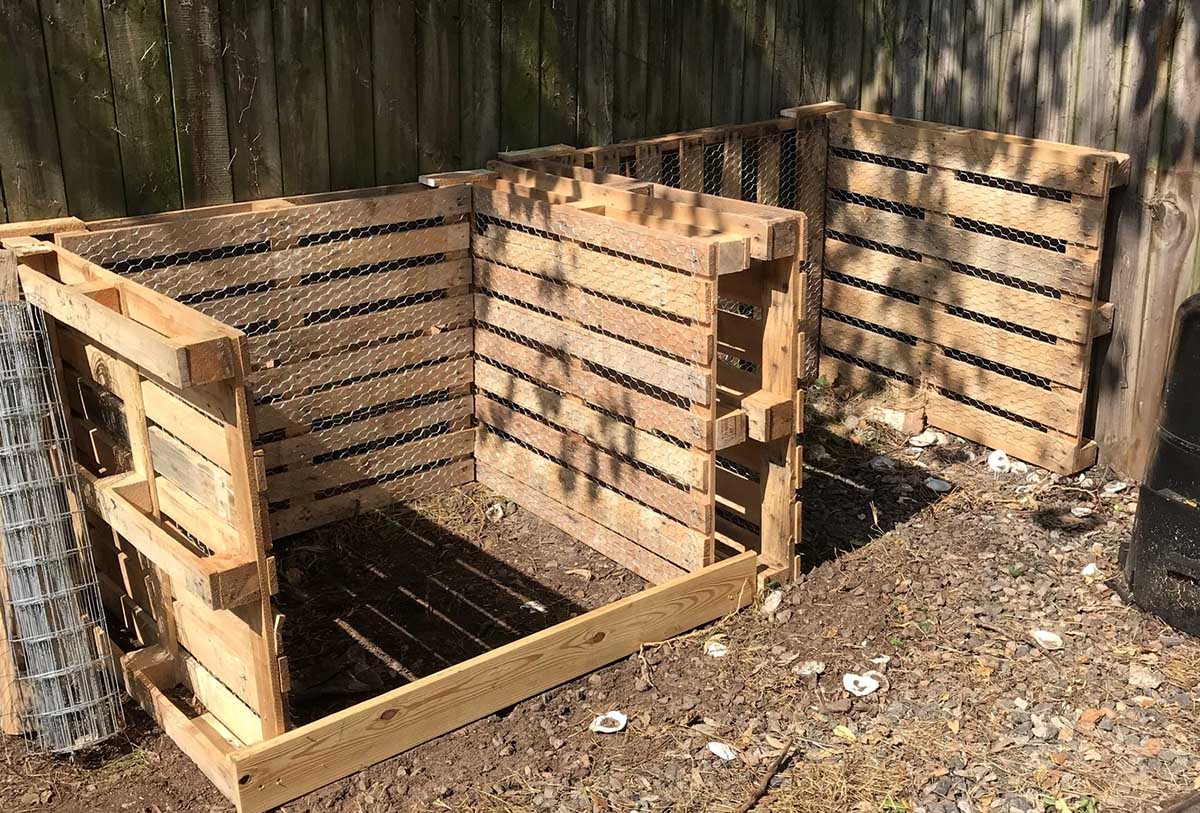
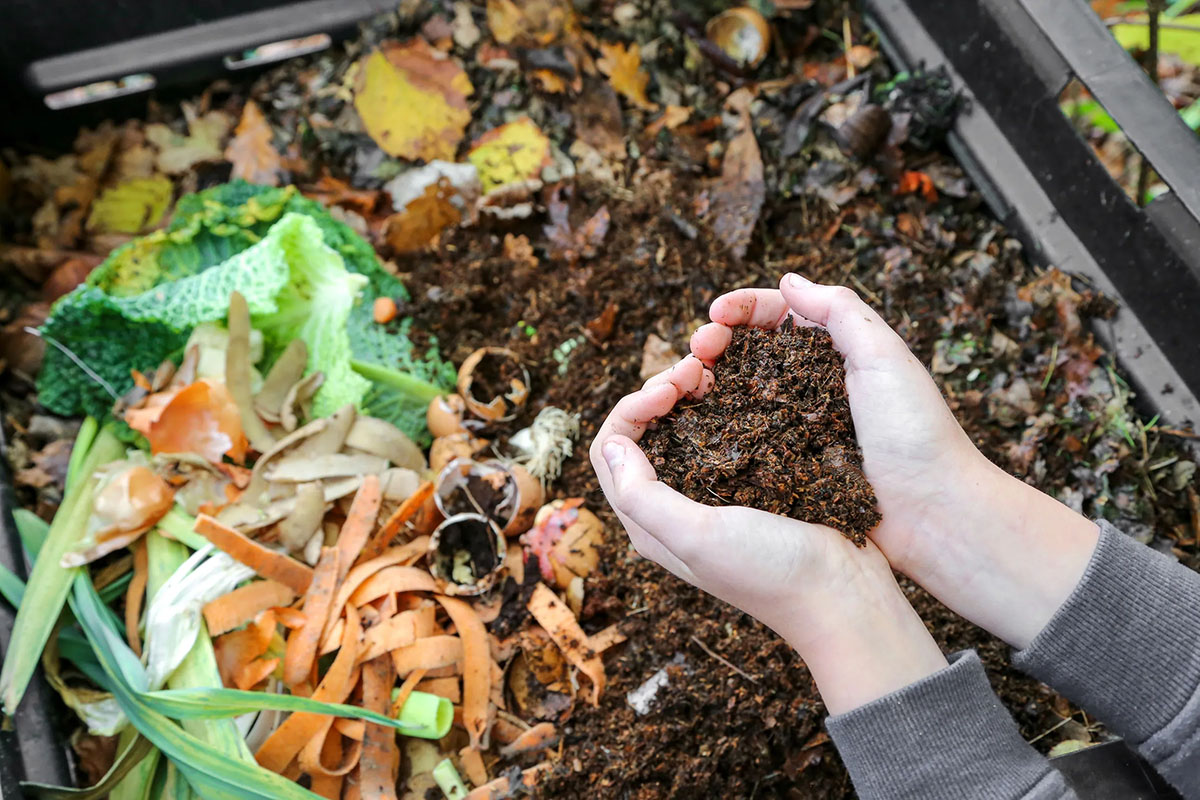

0 thoughts on “How Do You Use A Compost Bin”